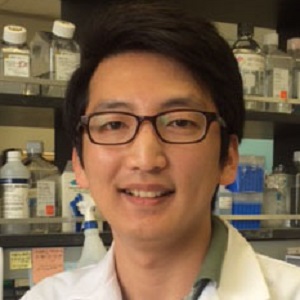Sanghyun Lee, Ph.D.
Assistant Professor of Molecular Microbiology and Immunology
Brown University

Assistant Professor of Molecular Microbiology and Immunology
Brown University
Key Words: Norovirus, Vaccine, compartmentalized immune response
Human norovirus (HNoV) is the leading global cause of gastroenteritis. Vaccines for other viral enteric pathogens, such as rotavirus, have significantly decreased outbreaks in developed countries However, there are no approved vaccines or therapeutics for norovirus are available to prevent such outbreaks, leaving norovirus as the major gastroenteric pathogen in those countries, including the US. Conventional types of viral capsid vaccines have been tested in two clinical trials, but these had limited efficacy. This approach had less than 25% protective efficacy, meaning that unless a new approach is discovered, half a million children will continue to die each year.
My group previously discovered that norovirus hides in an immune privileged site in mucosal epithelial tuft cells in the intestine using a mouse model. A viral non-structural protein (NS1) is secreted from norovirus-infected cells and mediates the immune evasion for the hide-out. My group showed vaccinating the NS1 alone effectively prevents infection of murine norovirus in mice by achieving over 85% efficacy. The goal of this study is to develop and evaluate the NS1-based vaccine design with or without structural part of virus in the vaccine, and to apply our findings to human norovirus vaccine development, which can immediately make an impact on a major viral pathogen for children’s health.